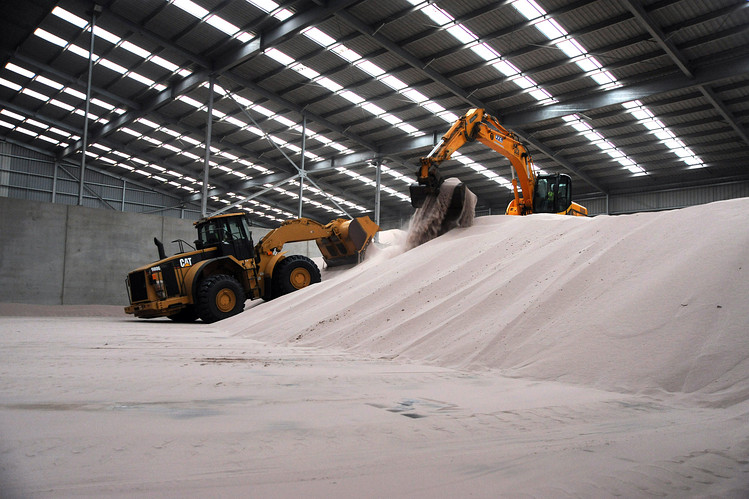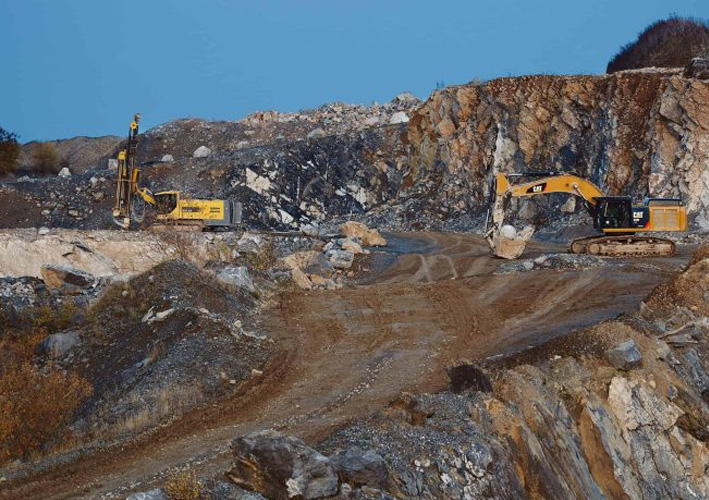In the quest for enhanced efficiency and reduced environmental impact, the aerospace industry dedicates significant resources to advance materials and manufacturing processes. Zircon, a natural mineral predominantly found in ancient heavy sand deposits in Australia and Africa, emerges as a key element in this pursuit, particularly in the manufacturing of precision parts such as turbine blades.
Zircon in Investment Casting: Zirconium silicate, commonly known as zircon, takes center stage in the manufacturing of aerospace components, ensuring their resilience in challenging environments. Notably, turbine blades, critical for an engine’s performance, undergo a meticulous manufacturing process called investment casting, renowned for its dimensional accuracy and versatility.
The investment casting process involves creating a master pattern of the desired part, crafting a wax replica, and coating it with a zircon-based ceramic slurry. This initial coating is crucial, as it forms the surface that molten metal will contact during casting. Zircon’s consistent and fine grains, refractoriness, and high thermal conductivity contribute to the creation of high-precision castings, reducing defects and imperfections. Subsequent steps involve stuccoing with fine zircon sand to build a thicker mold coat, followed by wax removal through heating, leaving behind a mold cavity. The mold is then fired at high temperatures to strengthen it before molten metal is poured, ultimately creating intricate parts with minimal finishing requirements.
Zircon in Thermal Barrier Coatings: In the aerospace industry, turbine blades face extreme conditions, operating in the hottest part of the engine. To enhance their mechanical properties and protect against high temperatures, these blades undergo a single crystal formation process and are coated with a heat-resistant ceramic, known as thermal barrier coatings.
Zircon-derived yttria-stabilized zirconia (YSZ) plays a pivotal role in these coatings. YSZ, applied as a ceramic topcoat, offers low conductivity while remaining stable at extremely high temperatures. This coating insulates the metal substrate from elevated temperatures during in-flight conditions, reducing oxidation and thermal fatigue. As a result, turbine efficiency improves, allowing engines to operate at hotter temperatures, enhance fuel efficiency, and minimize environmental impact.
In conclusion, the intricate dance of zircon in investment casting and thermal barrier coatings is crucial for the aerospace industry. From ensuring the structural integrity of turbine blades to enhancing their heat resistance, zircon and its derivatives play an indispensable role in keeping aircraft airborne efficiently and sustainably.








